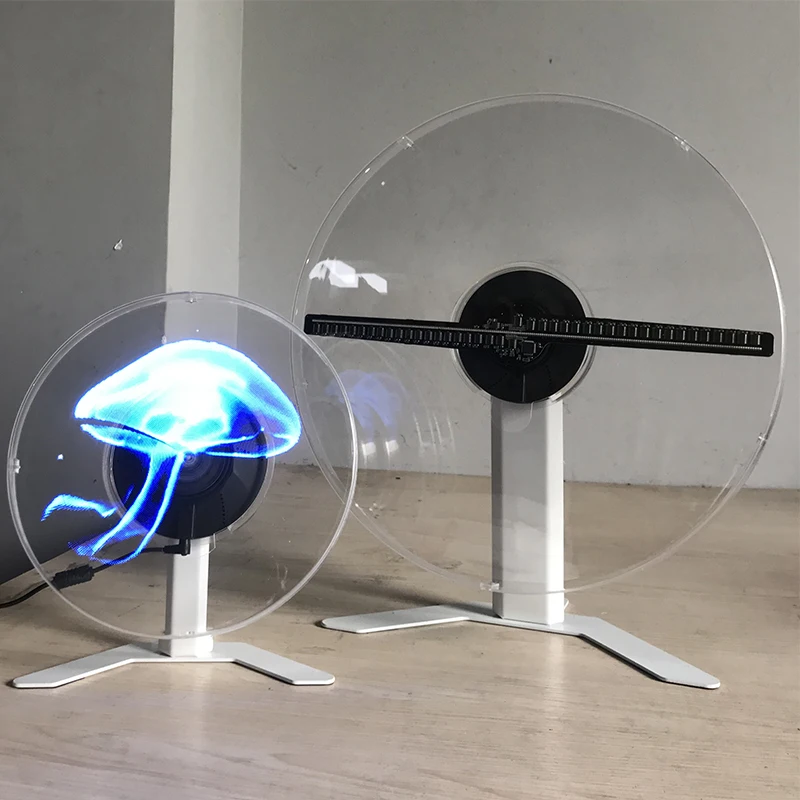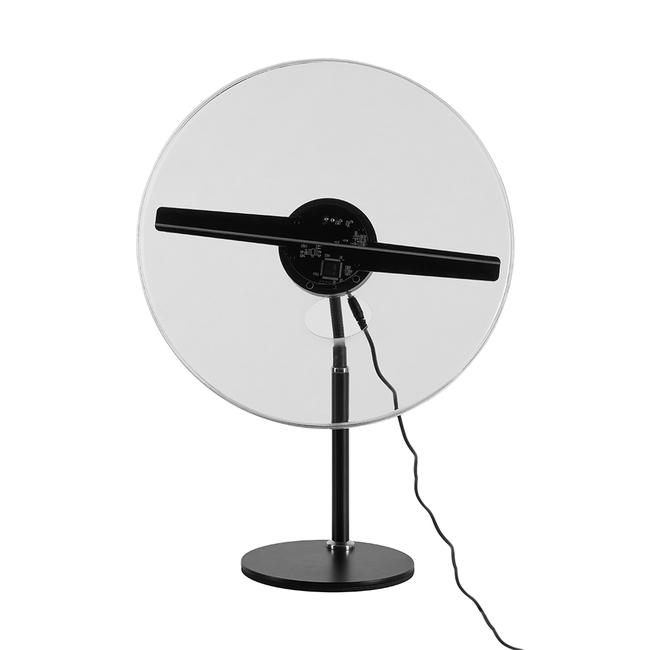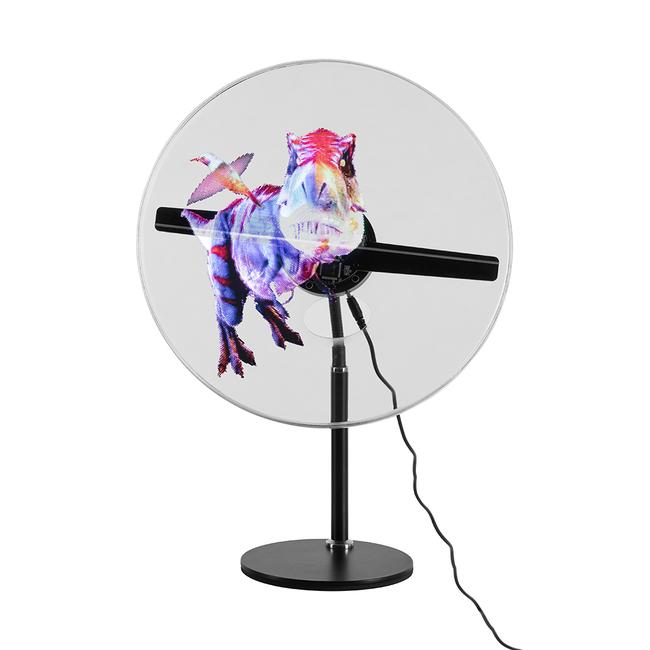Hologram fans are an innovative fusion of art and technology, creating illusions of 3D objects and animations that float in the air. These fascinating devices are reshaping the way businesses and creators think about visual displays. Here’s a deep dive into how hologram fans operate, from the basic concept to the intricate mechanisms involved, providing a clear understanding of this mesmerizing technology.
The Basic Principle Behind Hologram Fans
Persistence of Vision (POV)
The essential concept that makes hologram fans possible is known as persistence of vision. This phenomenon occurs when multiple images are presented to the human eye in rapid succession. The brain blends these images into a single, seamless visual experience. Hologram fans use a series of LED lights on spinning blades to create a rapid-fire display that your eyes perceive as a holographic image.
The Role of LED Lights
At the core of a hologram fan’s ability to impress lies its use of LEDs. Each blade of the fan has a strip of LEDs that can be individually programmed to flash at precise moments. As the blade spins, these LEDs turn on and off in patterns that form an image in mid-air. To achieve the highest fidelity, the lights must be bright, and their timing must be incredibly accurate.

Designing the Holographic Display
Determining the Right Hardware
Creating an effective holographic display begins with selecting the right hardware. The number of blades, the power and color range of the LEDs, and the rotation speed all factor into the quality of the resulting hologram. High-quality fans typically feature more blades for fuller images and higher-resolution LEDs to achieve greater detail.
Crafting Engaging Content
The success of a hologram fan depends heavily on its content. Designing engaging visuals requires software that can translate 2D images or videos into a format the fan can display as a hologram. Some systems offer user-friendly interfaces, while others might need more technical skill to operate. In either case, designers should focus on creating impactful, clear, and contextually appropriate holographic content.

Mechanisms of Motion in Hologram Fans
The Spinning Motion
The spinning motion of a hologram fan’s blades is crucial to creating the holographic effect. A motor powers the fan, spinning the blades at a constant and high speed. This speed must be steady; fluctuations would distort the image. Quality fans ensure a smooth rotation, often through the use of balanced blades and robust motors.
Synchronization for Image Clarity
The precise synchronization between the spinning blades and the LED lights is responsible for the clarity of the hologram. This synchronization relies on finely tuned control circuitry to manage the timing of each LED’s illumination. Without such precision, the resulting image would be blurry or incomplete.

Installation Considerations for Optimal Viewing
Selecting the Ideal Location
To maximize the impact of a hologram fan, carefully choose its location. Factors like ambient light, background contrast, and viewer angle considerably affect visibility. The best installations consider all these elements to ensure the hologram effectively draws the viewer’s attention and delivers its intended message.
Ensuring Safe Operation
Safety is paramount when installing a hologram fan. The device should be out of reach to prevent accidental contact with the moving parts. When mounting the fan, use robust fixtures to secure it in place, and always follow the manufacturer’s installation guidelines.

Troubleshooting Common Hologram Fan Issues
Addressing Image Distortions
Common issues with hologram fans include image distortions or irregularities. These problems might arise from imprecise calibration, incorrect content format, or hardware malfunctions. Regular maintenance, software updates, and format checks can help prevent or quickly resolve these issues.
Dealing with Technical Glitches
Technical glitches can occur, such as LED failures or motor problems. A comprehensive understanding of your hologram fan’s operation manual can help troubleshoot and fix these issues efficiently. For more complex problems, contacting the manufacturer’s technical support is advisable.

Future Developments in Holographic Fan Technology
Advancements in Resolution and Color
As technology progresses, we’re likely to see hologram fans with even higher resolutions and broader color spectrums. These advancements will produce more lifelike holograms, opening up possibilities for more intricate and realistic displays in both commercial and artistic arenas.
Integrating with Interactive and AI Elements
Looking to the future, the potential for integrating hologram fans with interactive technology and AI is vast. Interactivity could allow viewers to manipulate holographic images or access additional information. AI integration might enable the fan to display content responsively based on viewer reactions or the surrounding environment, creating a more dynamic and personalized display.
